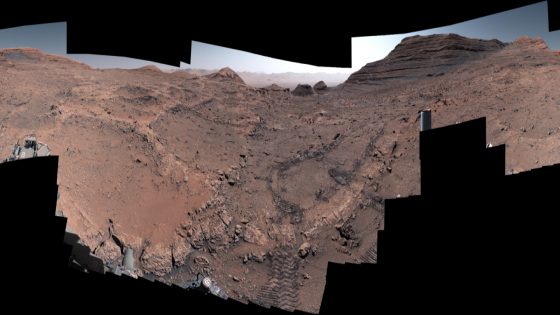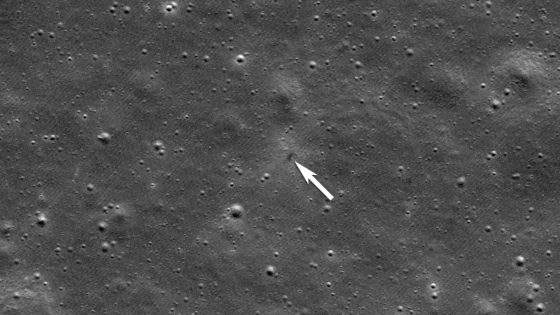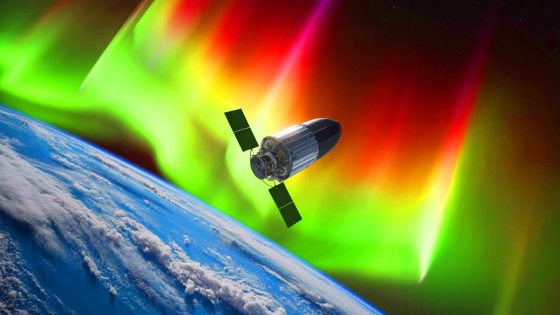Leap seconds are a fascinating aspect of timekeeping that help synchronize atomic time with the Earth’s rotation. As Earth’s spin accelerates, the need for adjustments becomes more pressing, especially with the potential implementation of a negative leap second by 2025-07-24 17:01:00.
- Leap seconds synchronize atomic and astronomical time.
- Earth's rotation changes affect timekeeping systems.
- Negative leap seconds may be implemented by 2029.
- Leap seconds can disrupt technology and software.
- Climate change alters Earth's rotation speed.
- Melting ice and groundwater depletion impact spin.
Since 1972, leap seconds have been added approximately every 18 months to correct discrepancies between atomic and astronomical time. With Earth’s rotation changing due to factors like climate change, how will this affect technology and our understanding of time?
As Earth spins faster, the implications for technology are significant. Could a negative leap second disrupt systems that rely on precise timing? Consider these points:
- Negative leap seconds could confuse software that assumes time always progresses forward.
- Past leap seconds have caused glitches in GPS and telecommunications.
- Changes in Earth’s mass due to climate factors are affecting its rotation.
- Timekeeping systems may need to adapt rapidly to avoid crises.
As scientists explore the effects of climate change on Earth’s rotation, it’s crucial to develop robust timekeeping solutions to ensure our technologies remain reliable in the future.

































